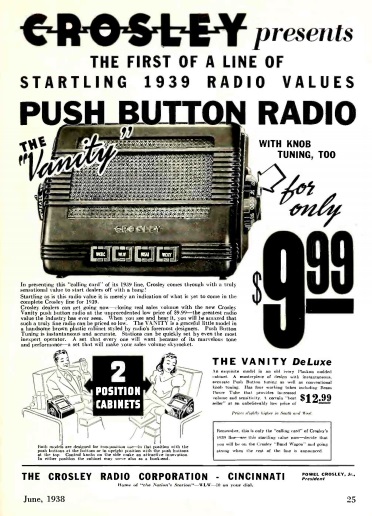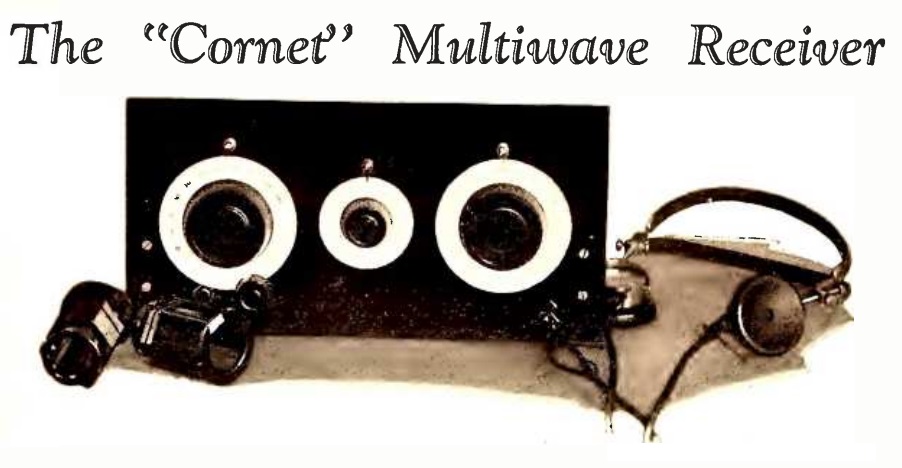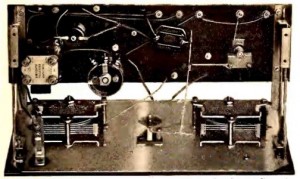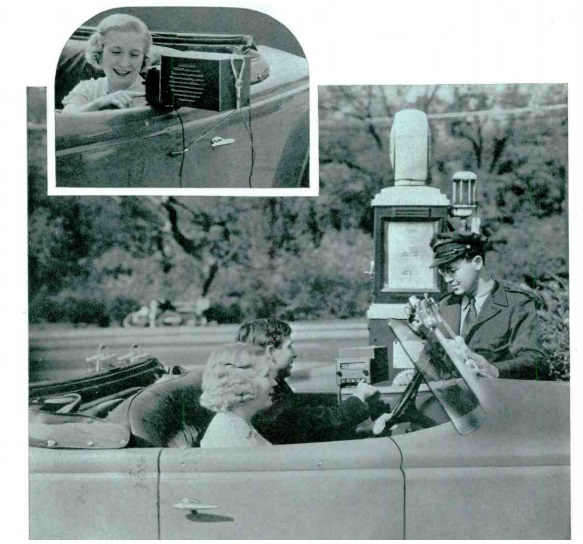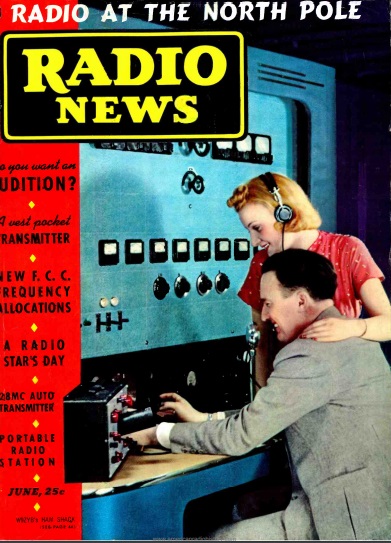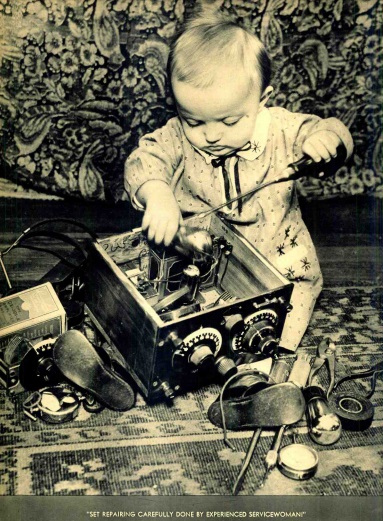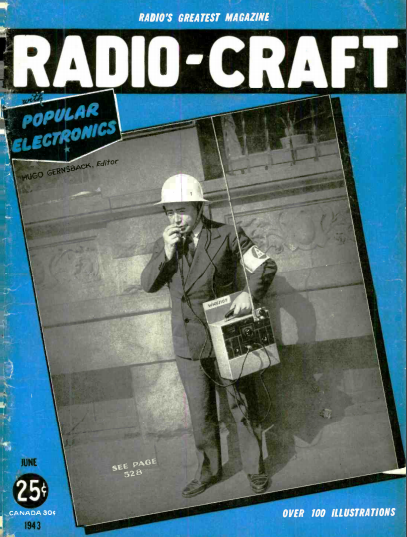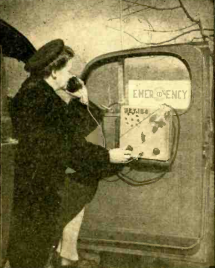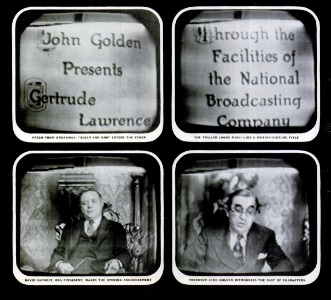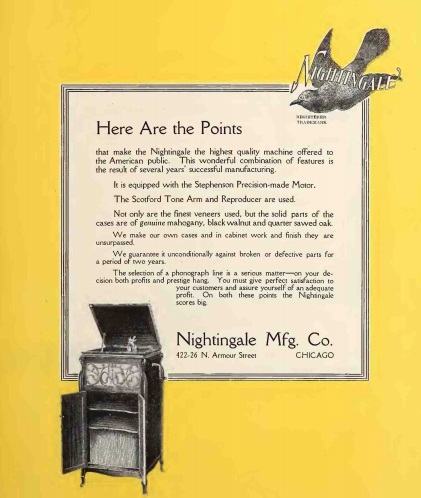 You can call me a skeptic, but if I had been a young man 75 years ago and encountered this ad in the June 1943 issue of Radio News, I think I would have had my doubts as to the bona fides of the New York Technical Institute.
You can call me a skeptic, but if I had been a young man 75 years ago and encountered this ad in the June 1943 issue of Radio News, I think I would have had my doubts as to the bona fides of the New York Technical Institute.
First of all, despite the Big Apple moniker, the Institute was located at 786 Broad Street, Newark, New Jersey.
Of course, there’s something to be said for getting out of the rut, not griping, and making yourself valuable. And the ad pointed out that men with outstanding ability and specialized training were the ones who got ahead both in the armed forces and in civilian life. So the concept of mastering Japanese Morse code probably wasn’t a bad one.
But I have my doubts as to what the New York Technical Institute, Japanese Code Section, could actually deliver, especially given the rather princely sum for the course, a total of $57.50.
And you had to be committed to sign up. The ad didn’t ask you to send a stamp for more information about the course. You were expected to send $10 for the first lesson. If you were satisfied with the experience, then the remaining 19 lessons were an additional $2.50 each. Of course, the dollars in question were made out of silver at the time, and the value of a silver dollar then was about the same as it is today. So the price of that first lesson, sight unseen, was about $320 in today’s money. I think I would have stayed in my rut.
This might be a bargain if they sent you some records or even Instructograph tapes to master the Japanese code at home. But there’s no indication that any such thing was included. And I suspect that if these features had been offered, the ad would have said something about them. Instead, the 20 lessons apparently consisted of nothing but paper, with no indication of how the student was expected to gain any practical experience before getting out of his rut.
For those (then or now) interested in learning more about the Japanese telegraph code, much valuable information was contained in two articles published in QST in September 1942 and October 1943. There was, understandably, great interest in the subject. The 1943 article pointed out that many requests had been received for back issues containing the 1942 article, even though they had been long out of print.
I haven’t been able to find any other information about the Japanese Code Section of the New York Technical Institute. I doubt if very many readers sent them a $10 money order.
 For a sampling of what could be heard on the shortwaves during World War II, here is the program schedule of the BBC’s shortwave signal 75 years ago today. This schedule is from the June 30, 1943, issue of the Ottawa Citizen.
For a sampling of what could be heard on the shortwaves during World War II, here is the program schedule of the BBC’s shortwave signal 75 years ago today. This schedule is from the June 30, 1943, issue of the Ottawa Citizen.
